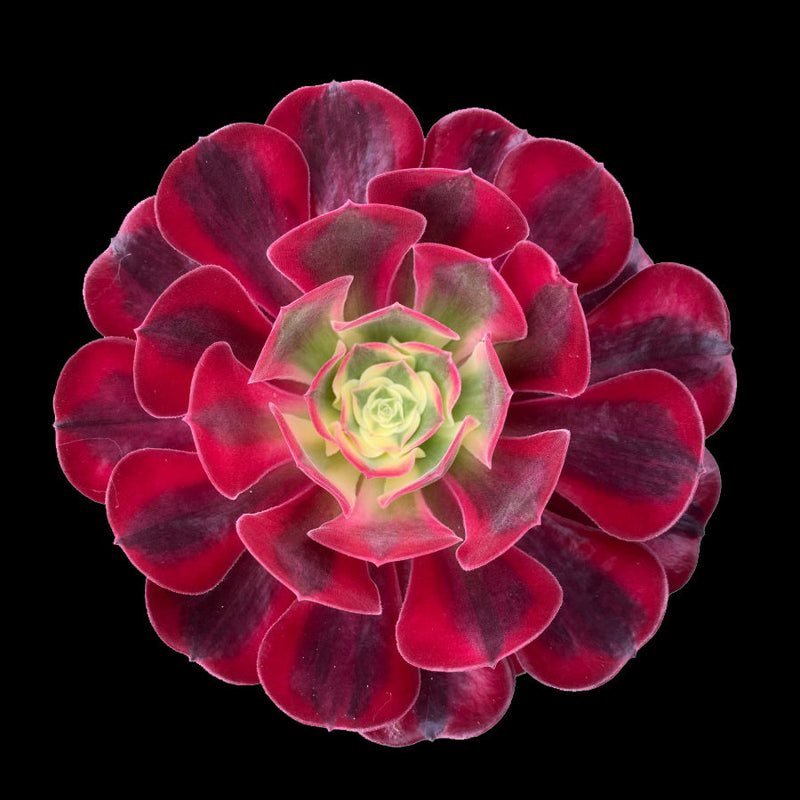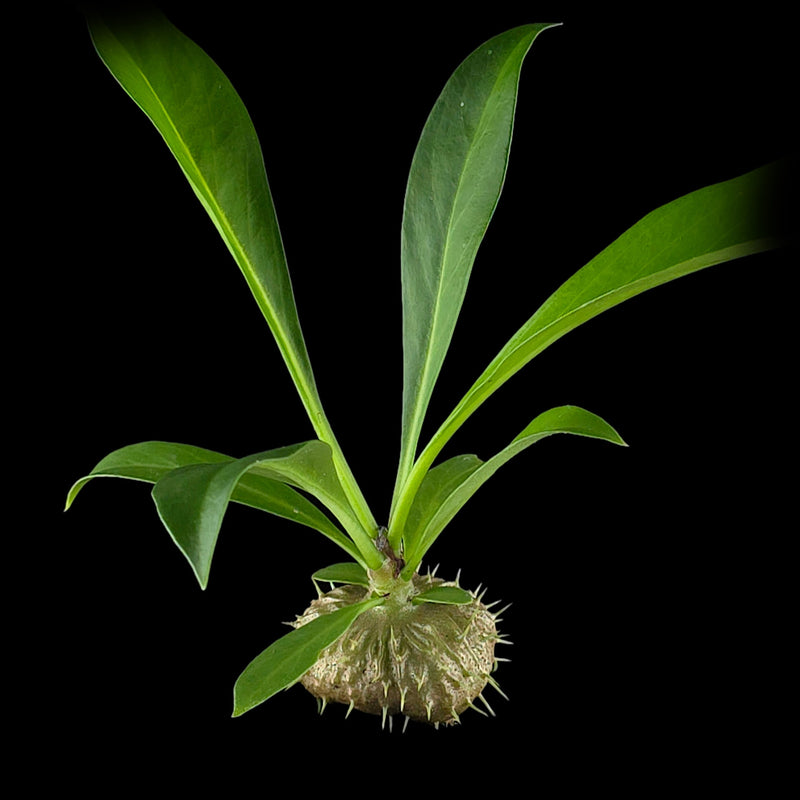Succulents fact and cultural sheet
Succulents Succulent plants have become remarkably popular in recent years, they are seen in modern gardens and are extensively used as pot plants.
The shape and symmetry combined with its amazing hardiness made succulents the success they are today.
Succulent is a term given to any plant that has the ability to store water in their roots, stems and leaves in order to survive long periods without water
Succulents are found throughout the world from a wide range of habitats.
Most however have evolved in dry or arid habitats and are able to make quick use of water when it is available making them ideal for our harsh Australian climate.
Succulents come in all shapes and sizes from tiny finger size plants to huge trees.
The instructions offered here are generalised and may not apply to all succulent plants, seek professional advice if possible.
Versatility Succulents are amazingly adaptable and are now used in all facets of gardening.
The most popular has been as either border plants or ornamental gardens as they offer a great range of colours and last many years with little maintenance.
Succulents are now also used as feature plants because it can grow in impossible positions or very poor soils, as pot plants and mixed garden planters, as hanging basket plants and as flowering pot plants.
Succulents can offer year round colour in gardens and are often used as substitutes for bedding plants.
In winter when flowers are scarce succulents can become the highlight of the garden.
Succulents can be broken into the following groups:
Clustering - these form many young plants and can be easily broken up.
Creeping - these can be either slow or fast growing and can be trimmed to shape.
Shrubs - these can grow into small bushes and can be trimmed to any shape.
Solitary - single head that can be anything from small miniatures or huge specimens.






Position
As a rule, most succulents require full, direct sunlight to grow well and maintain shape, some varieties however will grow permanently in a semi-shaded area. If succulents are grown indoors, they should be kept in a very bright well-ventilated position, perhaps in front of a window.
Rotating
them from an indoor to an outdoor
position is recommended. Lack of light and sun indoors creates weak and spindly growth which can also encourage pests.
Succulents kept away from sunlight will not lose water as quickly, so care must be taken to allow them to dry out.
The shape, colour and size of a succulent can be altered by light levels, nutrient supply and water availability, the harsher the climate the tighter, more colourful and compact the growth becomes.
Many succulents will tolerate cold and wet climates, it is important to plant succulents in areas of good drainage no matter what the climate.
Watering
Succulents will survive long periods without water, though they do not necessarily prefer to be kept dry.
Succulents should be watered regularly to establish a garden and once established growth can be regulated by the amount of water and nutrient they receive.
Succulents can be kept compact for many years by keeping them dry and hungry.
A succulent will tell you when it must Living Stone Plants Seek special instruction before attempting to grow these little wonders have water as its leaves will become soft and wrinkled.
For best growth and shape, water well then allow the soil to almost dry out before watering again.
Fertilizing
Fertilizers should be used sparingly on succulents in the garden or in pots. Low levels of food are advised when first establishing a garden or pot but as they advance in size, food should be kept at a minimum to improve plant shape and colour. A well fed plant will be much larger and have less shape and colour than a plant grown hard. Softer plants are also more likely to suffer from infections. Soils with good organic content should not have fertilizers added whereas harsh clay like soils or sandy soils may require some additives.
Repotting
Succulents make great pot plants, either singly or as groups. Although it is recommended to repot all succulents at intervals between 2 & 5 years, plants may often be happy in a small tight container for many years.
If repotting is required then either slip pot the plant into a larger pot or clean out as much of the old soil as possible removing up to 1/2 of the old roots and replanting back in the same size pot.
Plants with many offsets can be broken up and replanted or kept as a clump.
Place the pot in an area away from harsh sunlight and do not water into the pot for at least a week, this allows any damage to heal and the plant to recover.
Use a well drained potting mix, most commercial mixes will require the addition of a coarse grit to improve drainage.
Maintenance
Succulents are low maintenance plants but as all plants grow room must be made or plants must be pruned. Most succulents can be kept small by depriving them of food or water.
They can also be kept small by pruning back foliage, some sedums fully recover after being cut back to ground each winter.
Some Crassulas can be pruned and shaped like a bonsai. Clumping and offsetting succulents can easily be broken up and replanted.
Pests & Diseases
The most common pests found in succulents are snails, caterpillars, mealy bug and aphids, Softer leaved plants are more prone to attack.
A good pesticide can be used in these cases.
Fungal diseases generally occur in poorly ventilated or drained soils, these are easily stopped with any systemic fungicide and or improvements to the drainage in the soil or pot.







































